The Pelvic Floor and Core- Understanding Your Anatomy as a Mom
“Engage your deep core.”
“Contract your pelvic floor.”
“Do your diaphragmatic breathing.”
If you have been confused by these buzzwords on Instagram, you are not alone.
It’s important to rebuild your core and pelvic floor muscles after giving birth so that you can return to activities you love without any issues. To begin this process, you first need to understand where these muscles are and what they do. Keep reading to gain a clear understanding of what your core and pelvic floor muscles are.
What Exactly is the Core? What is the Pelvic Floor?
Many people associate the term “core” with the abdominal muscles, particularly the six-pack abs. However, the core is composed of multiple muscle groups surrounding your inner organs on the sides, top, and bottom, similar to the shape of a soda can. Collectively, these muscle groups function as a system to assist you in breathing, moving your body, stabilizing your spine, and performing other tasks.
These muscle groups include:
- The abdominal muscles
- The lower back muscles
- The diaphragm
- The pelvic floor muscles
There is ongoing debate about whether the following muscles should be considered as part of the core muscles or not:
- The glute muscles
- The hip muscles
- The inner thigh muscles
It’s important to remember that even though they might not be considered core muscles by everyone, the muscles in the glutes, hips, and inner thighs play a crucial role in repairing the pelvic floor due to their connection to the pelvic floor and spine. Because of their size, location, and function, these muscles are also vital for high-impact exercises like running.
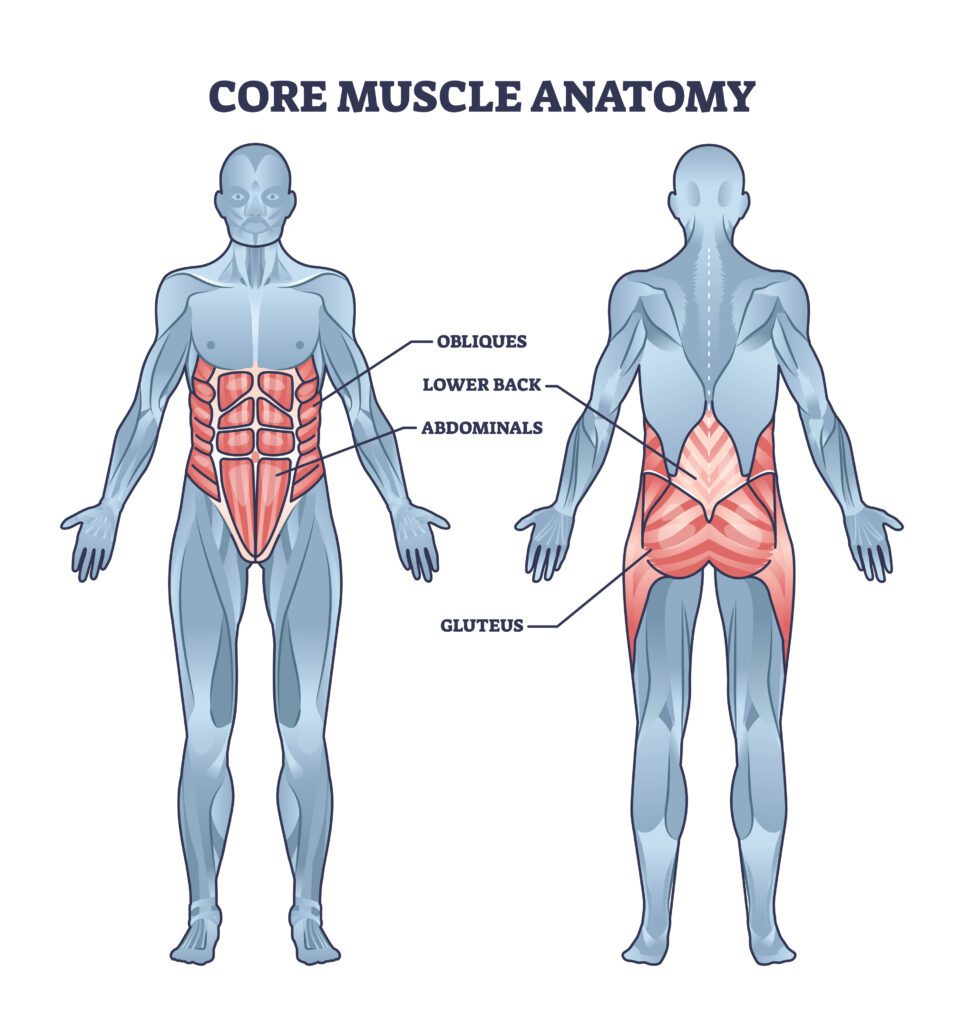
Even though the pelvic floor is part of the core, I have separated the terms “pelvic floor” and “core” in this blog post because many women don’t know how to properly engage the pelvic floor and fail to give it the attention that it needs. Most individuals are only familiar with how to activate their abdominal muscles. Using both terms separately makes it easier to concentrate on each muscle group individually before working on coordinating them together over time.
Keep reading to learn more about each muscle group within the core.
The Abdominal Muscles
The abdominal muscles are composed of several layers. One of these is the transverse abdominis, which is like a sheet that wraps around your entire abdomen from front to back like a sheet. It is also known as your “deep core” and provides stability. After having a baby, many women may find it difficult to activate this muscle.
The internal and external obliques are situated along the sides of the body and help with rotational and bending movements. The rectus abdominis is the muscle group that most people associate with “six-pack abs.” They run along the front of the abdomen and are the most external layer.
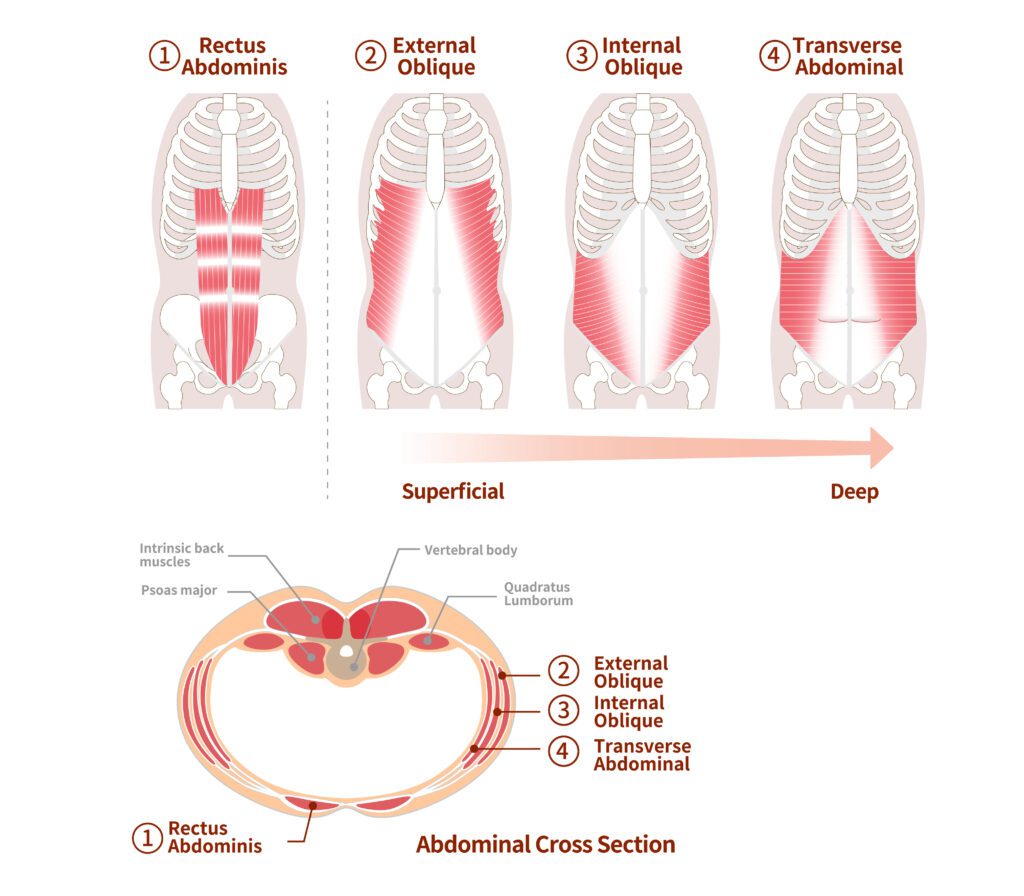
The Pelvic Floor
The pelvic floor muscles are located in your pelvis and are shaped like a bowl. They provide support to the organs and enable you to carry out daily functions such as using the bathroom, having sexual intercourse, holding or releasing gas, etc.
Like other muscles, the pelvic floor muscles can contract and relax. For these muscles to function correctly, they need to be able to reach their full range of motion. During high-impact movements such as running, the pelvic floor muscles act as a trampoline, absorbing shock and moving upon impact while maintaining the right balance of stiffness and flexibility.
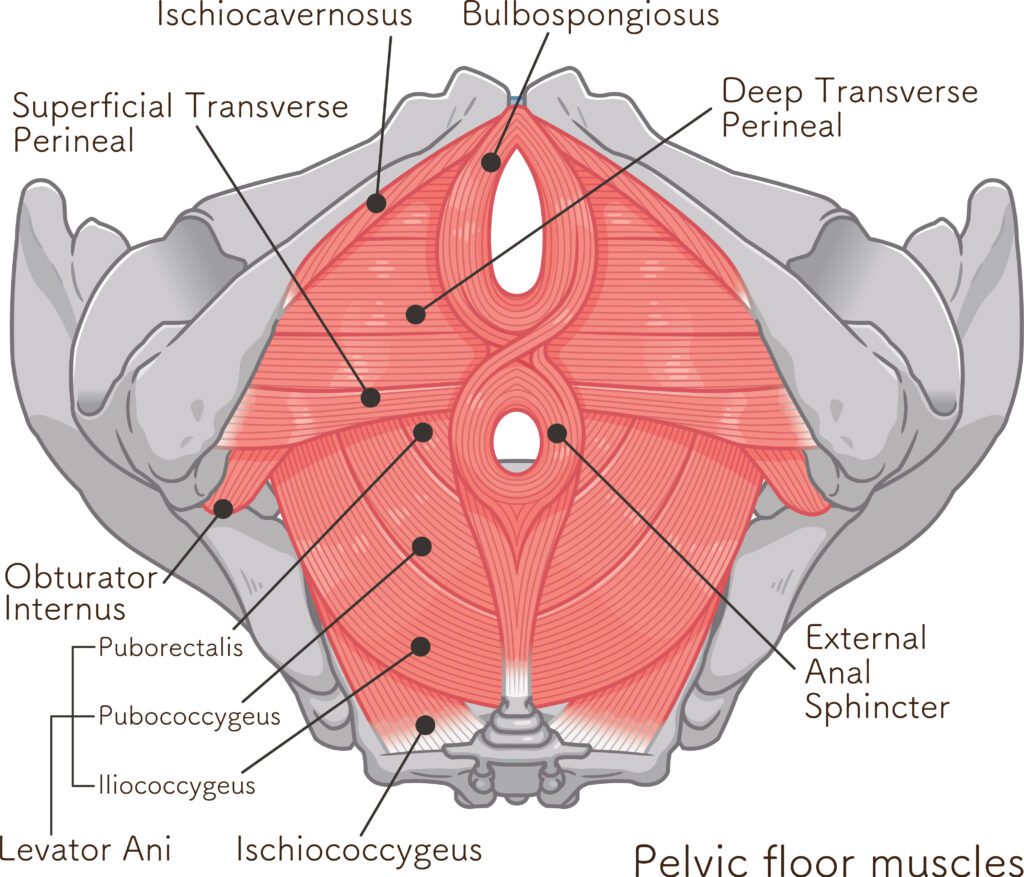
The Diaphragm
The diaphragm is a dome-shaped muscle that sits directly under the lungs. Although it is often overlooked, it plays a critical role in our breathing process. When we inhale, the diaphragm contracts and moves downward, allowing the lungs to expand and fill with air. When we exhale, the diaphragm relaxes and moves upward, which helps push the air out of our lungs.
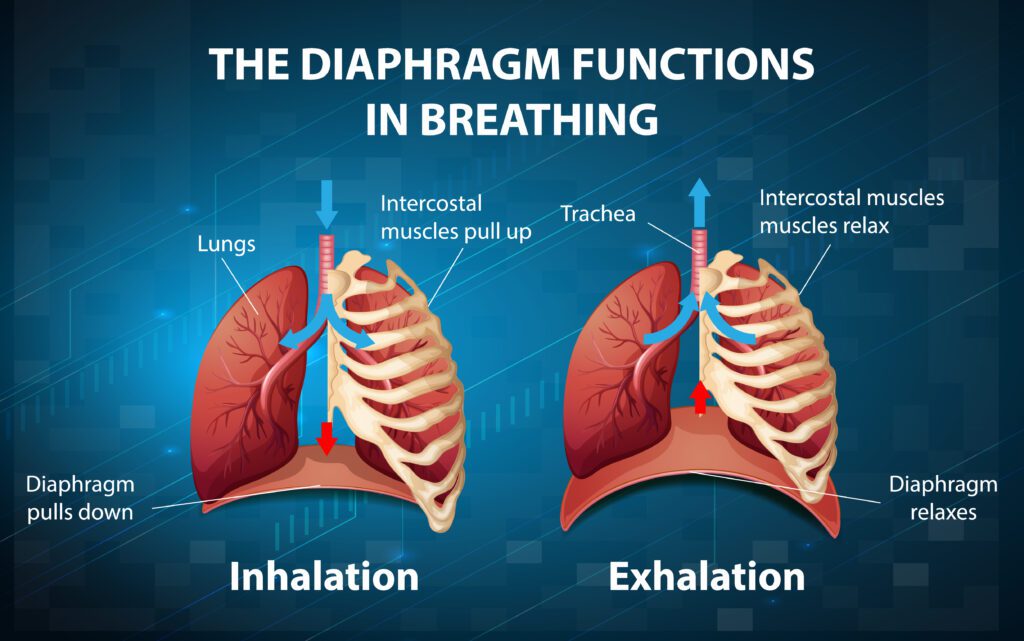
The Deep Spine Muscles
The multifidus, erector spinae, and quadratus lumborum are important core muscles in the back. They play a critical role in stabilizing the spine during bending and twisting movements and other functional activities. However, the more superficial upper back muscles used during rows are not part of the core.

Conclusion
Understanding the core and pelvic floor muscles can be confusing, especially when it comes to properly contracting and relaxing them. However, once you know where they are and how they function, it can give you more confidence in engaging them correctly. This, in turn, can help alleviate symptoms of dysfunction and allow you to work these muscles more effectively.
Gaining knowledge was the first step towards my healing. I encourage you to do the same so that you can understand your body better and begin to take control of your muscles.
When did you begin to learn about your core and pelvic floor? Was it ever confusing or overwhelming to you? Share your experience in the comments!
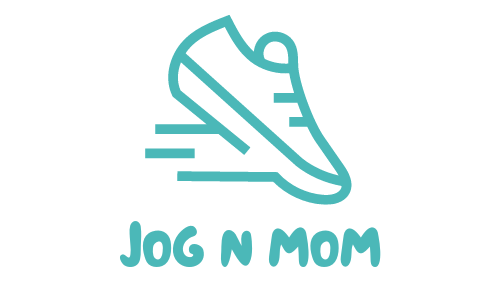
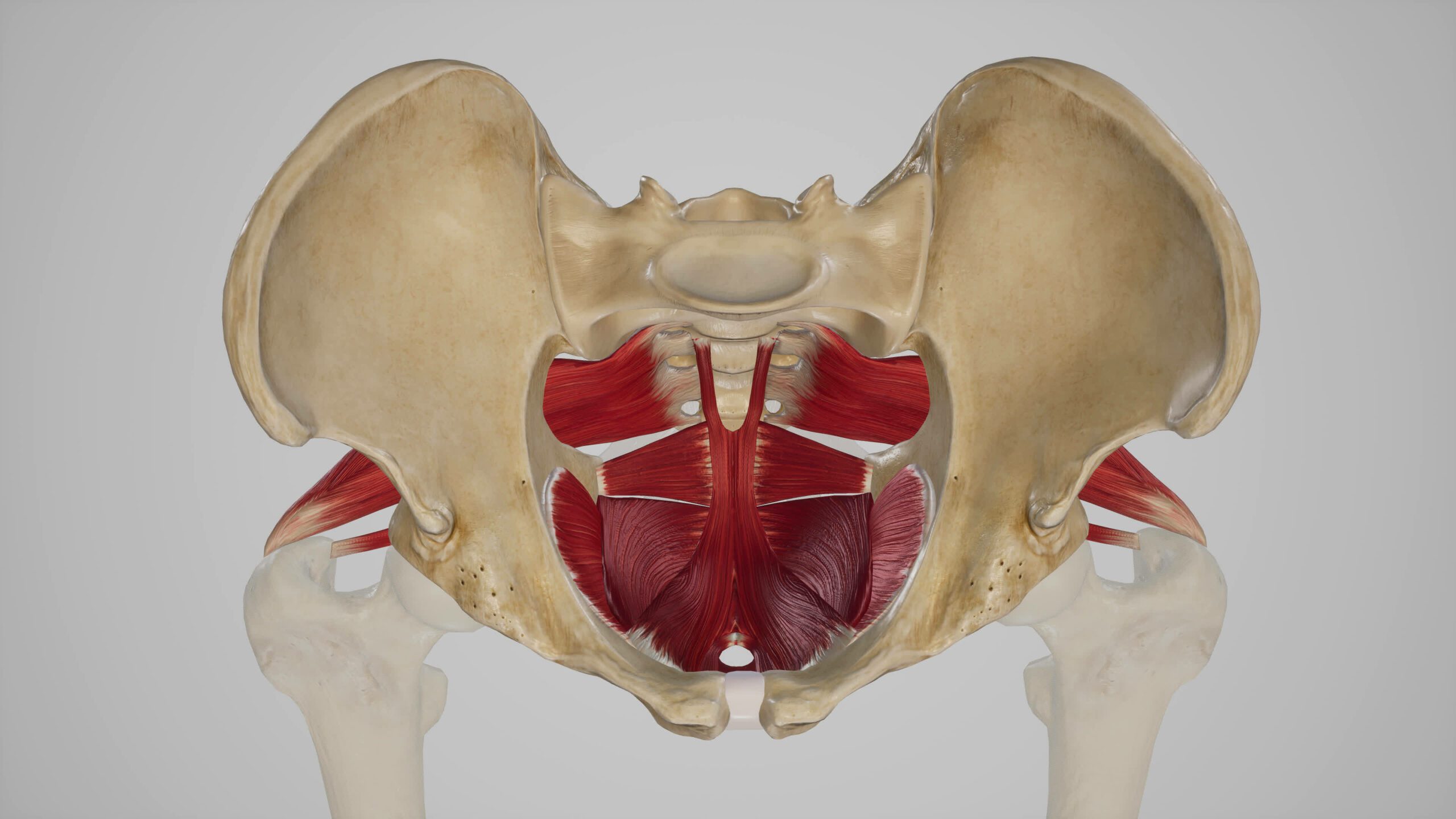
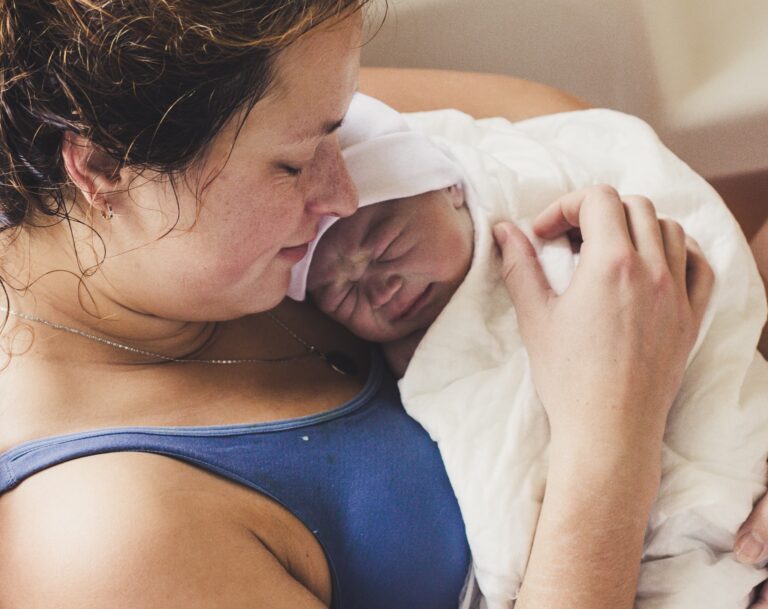





My brother suggested I might like this blog He was totally right This post actually made my day You can not imagine simply how much time I had spent for this info Thanks
id modi fuga tempore inventore tempore numquam a. nihil tenetur omnis accusantium rerum amet eum repellat iure quasi facere quas et voluptate vel asperiores sit rem esse occaecati. quas fugiat illum saepe asperiores aut est nobis quo quo dolores sequi tenetur et a. recusandae quia minima qui suscipit est et. sed incidunt facilis velit tempore voluptatem vel voluptas quo est suscipit suscipit quo perferendis placeat ut.